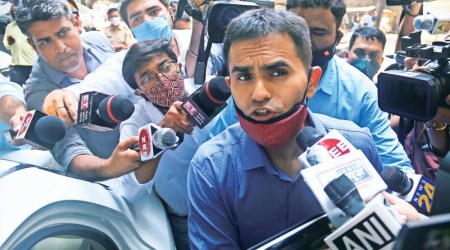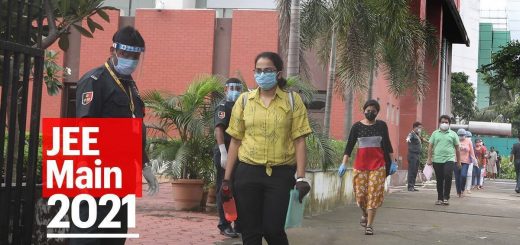Delhi’s low NAS score highlights divide: 43% students didn’t have digital devices
IN THE clearest indication yet of how Covid-19 exacerbated the digital divide, 43% of children from the national capital who participated in the National Achievement Survey 2021 reported that they did not have access to a digital device at home during the pandemic.
The survey was conducted in November 2021 with a sample size of 34 lakh students in classes 3, 5, 8 and 10 with the objective of evaluating their progress and learning competencies. As reported earlier, Delhi ranked among the five states with the lowest average scores for Math and Language in Class 3 and was behind the national average in all subjects for Classes 3 and 5. It also registered a dip in performances in these grades compared to the last achievement survey conducted in 2017, before the pandemic.
However, in class 8, it went against the national trend and performed better in 2021 than in 2017, and was ahead of the national average in classes 8 and 10.
The survey also involved asking students about their experience of learning during the pandemic. With respect to access to devices during the pandemic period of online learning, Class 10 saw the lowest percentage of students in Delhi reporting a lack of access to devices. Of the 23,968 participating in this survey, 22% said they did not have access to digital devices at home.
In comparison, among the primary grades, 34% of 9,999 participants at Class 3 level and 36% of the 10,359 participants at Class 5 level reported a lack of access to devices. At Class 8 level, as many as 82% of 19,728 participating reported that they did not have access to digital devices at home.
This reinforces the observation that in homes with only one device to be shared among multiple siblings, it was common for families to prioritise the classes and needs of the older children.
At the time that the NAS was conducted, on November 12, children in primary and middle classes in Delhi had not been to school even for two weeks since the start of the pandemic. Schools had opened for the first time since the pandemic began for students of these grades on November 1, 2021.
Buy Now | Our best subscription plan now has a special price
Nationally, 24% respondents across all grades reported that they did not have access to digital devices. The two top performing states in this survey were Punjab and Rajasthan. In Punjab, 42% of participants across all grades reported no access to digital devices which is close to the percentage in Delhi, and in Rajasthan, this stood at 54%, considerably higher than in Delhi. In both these states as well, Class 8 had by far the highest number of respondents reporting lack of access.
Another statistic in the survey findings was of students experiencing worry, anxiety and fear during the pandemic. As many as 58% of the participating children in Delhi said they did, with the figure going up to as much as 97% for Class 8 level.
At the same time, 58% children across all grades reported that they learnt new things and had new experiences at home during the period, such as painting, singing, playing indoor games, yoga, playing musical instruments and spending time with their parents, grandparents and siblings.







